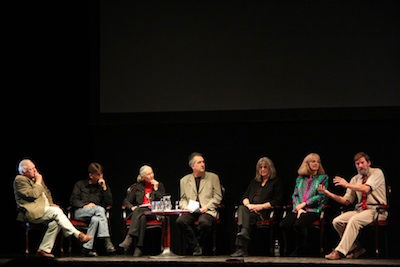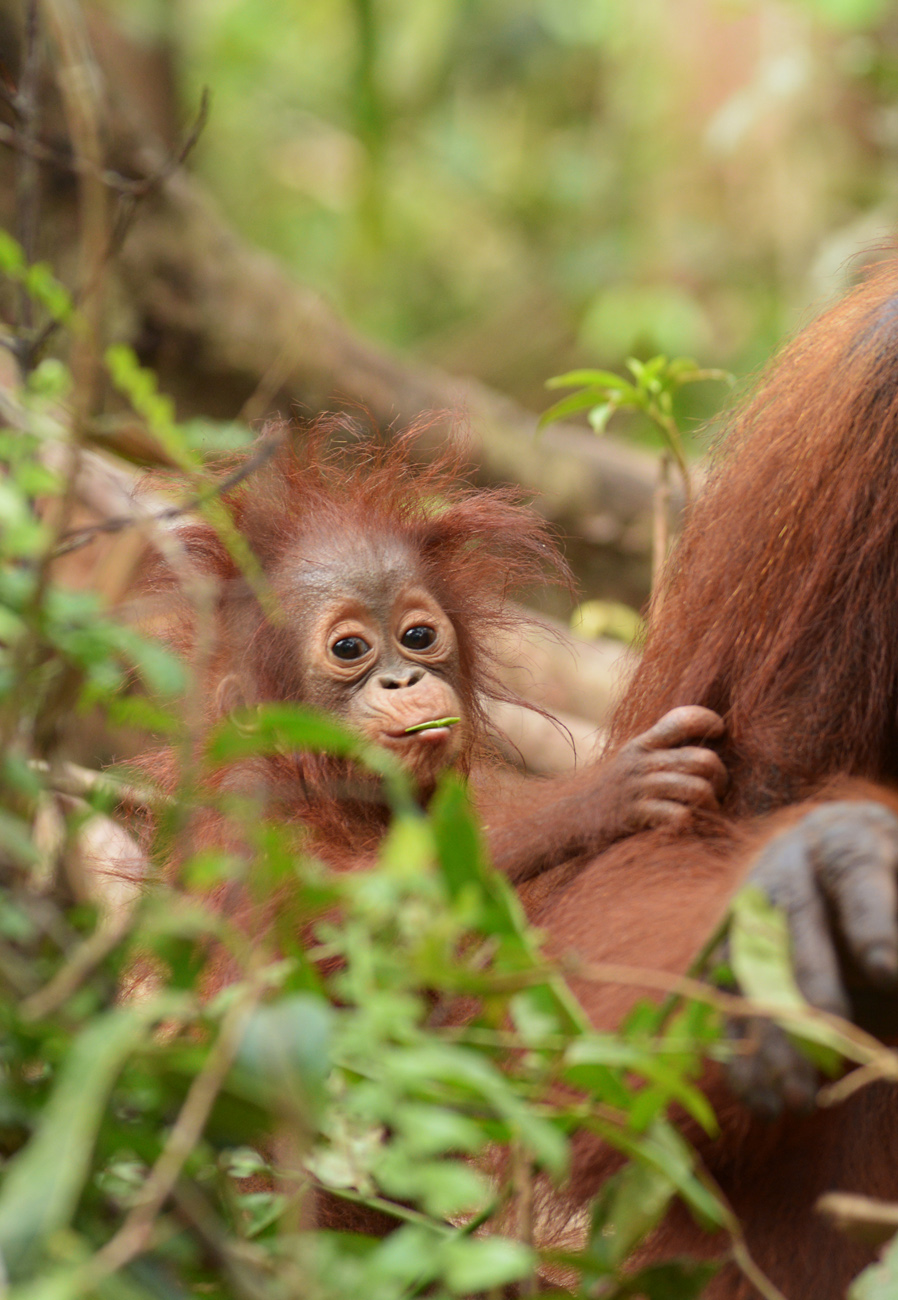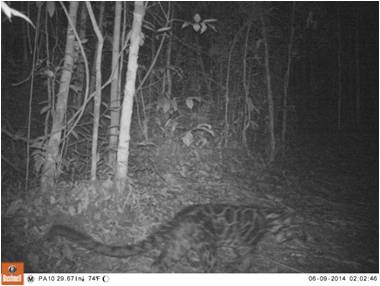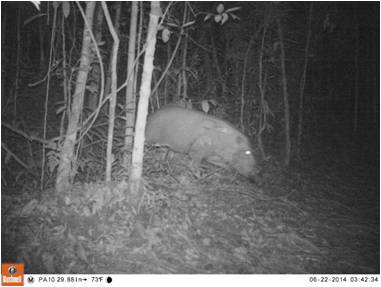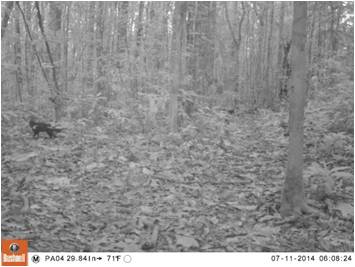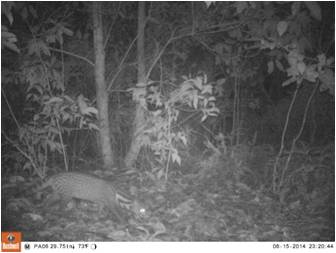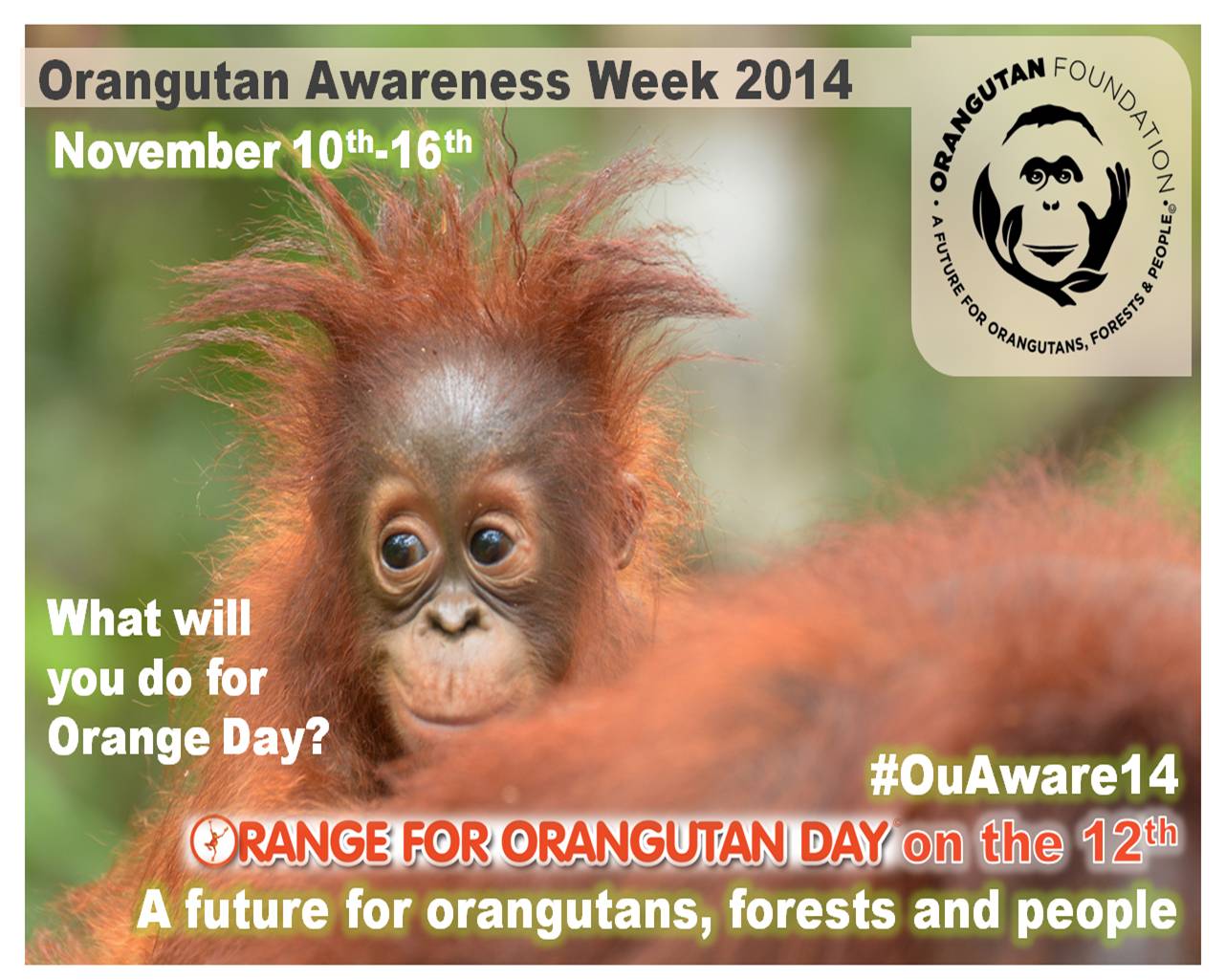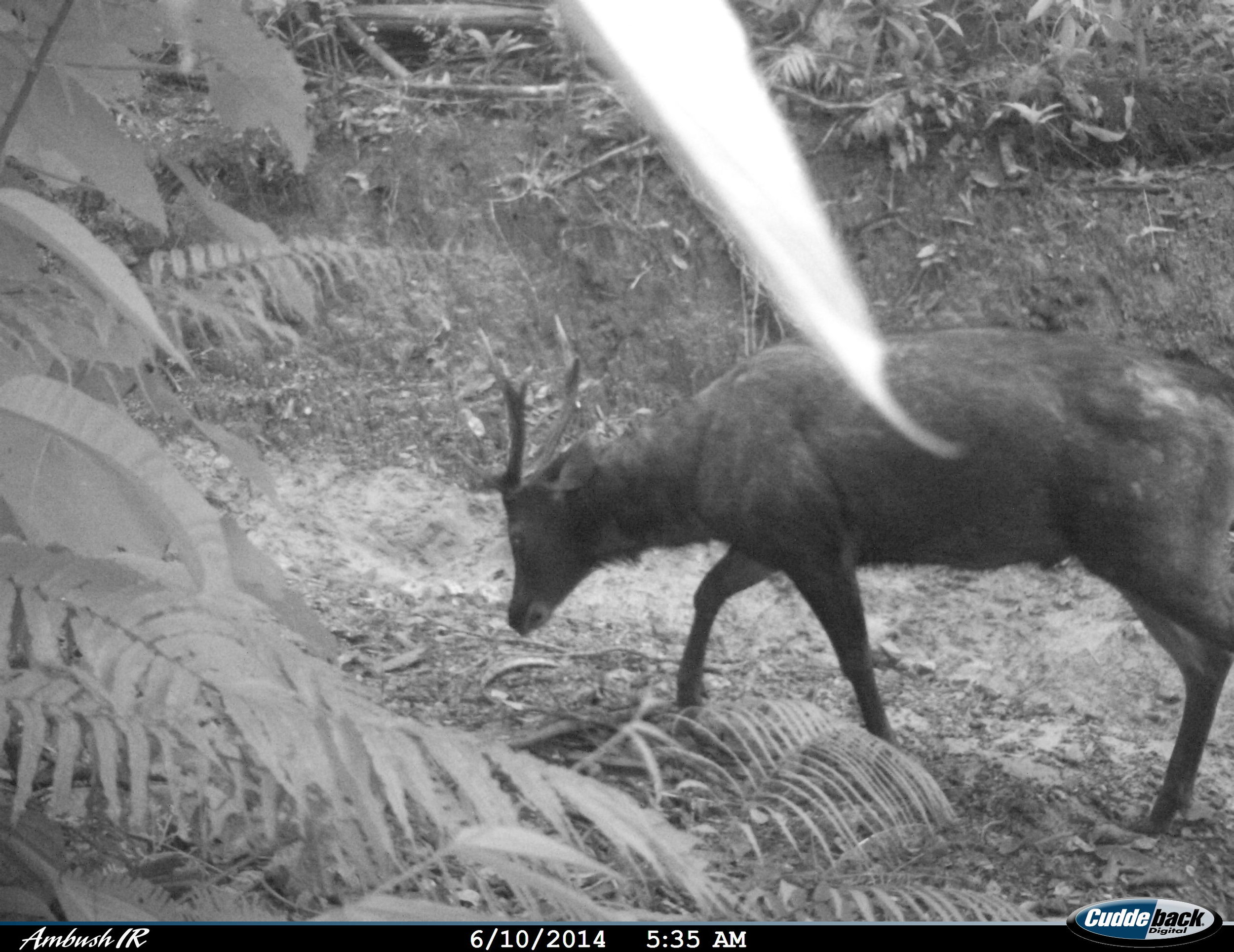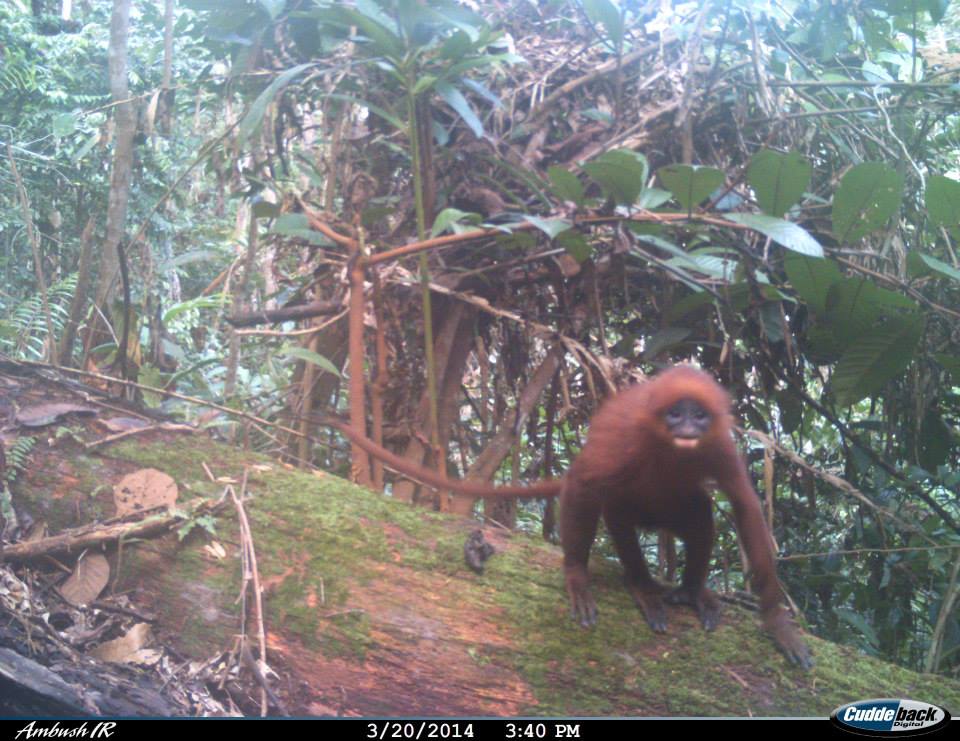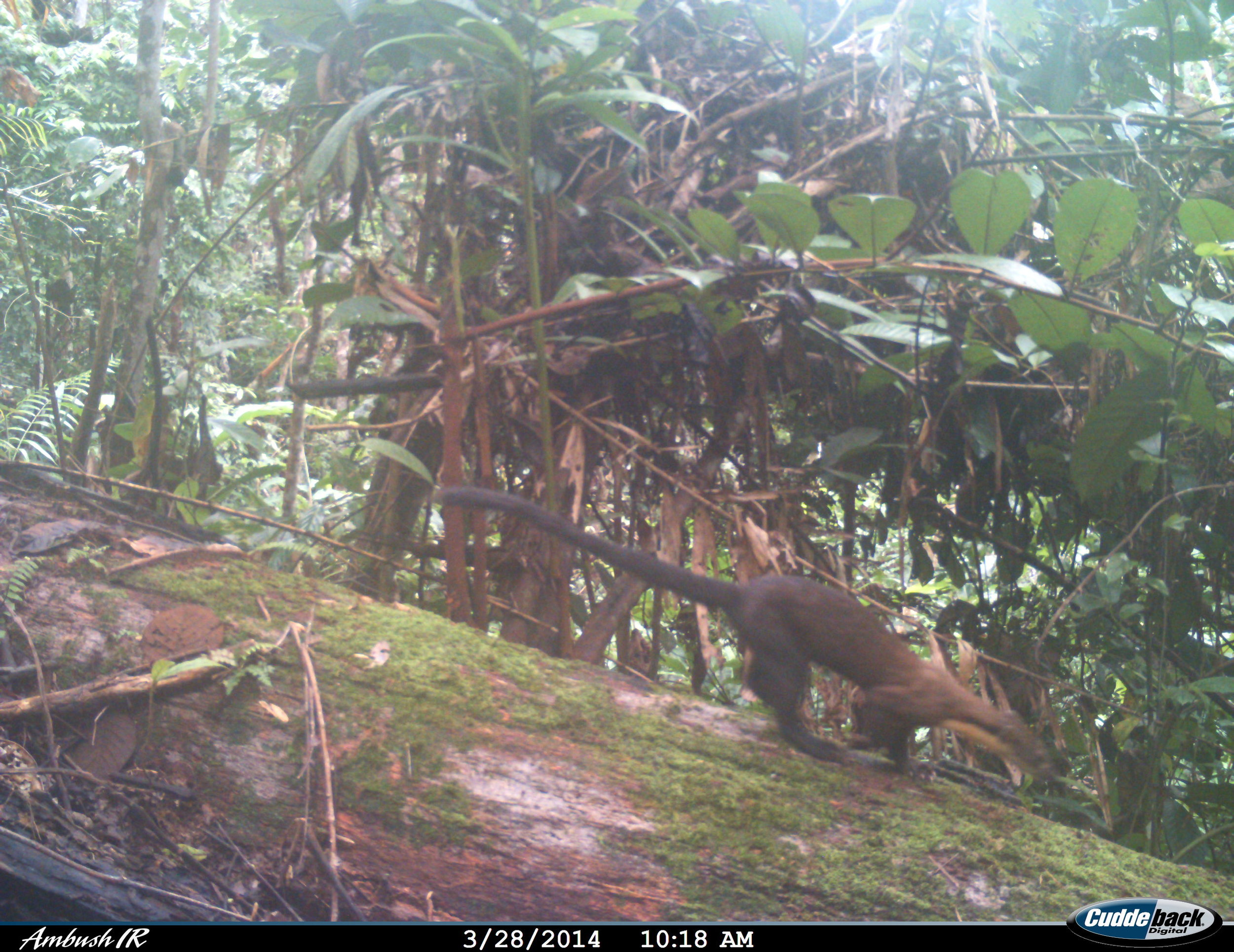As we enter the dry season in Kalimantan, Indonesia, we're taking every precaution.
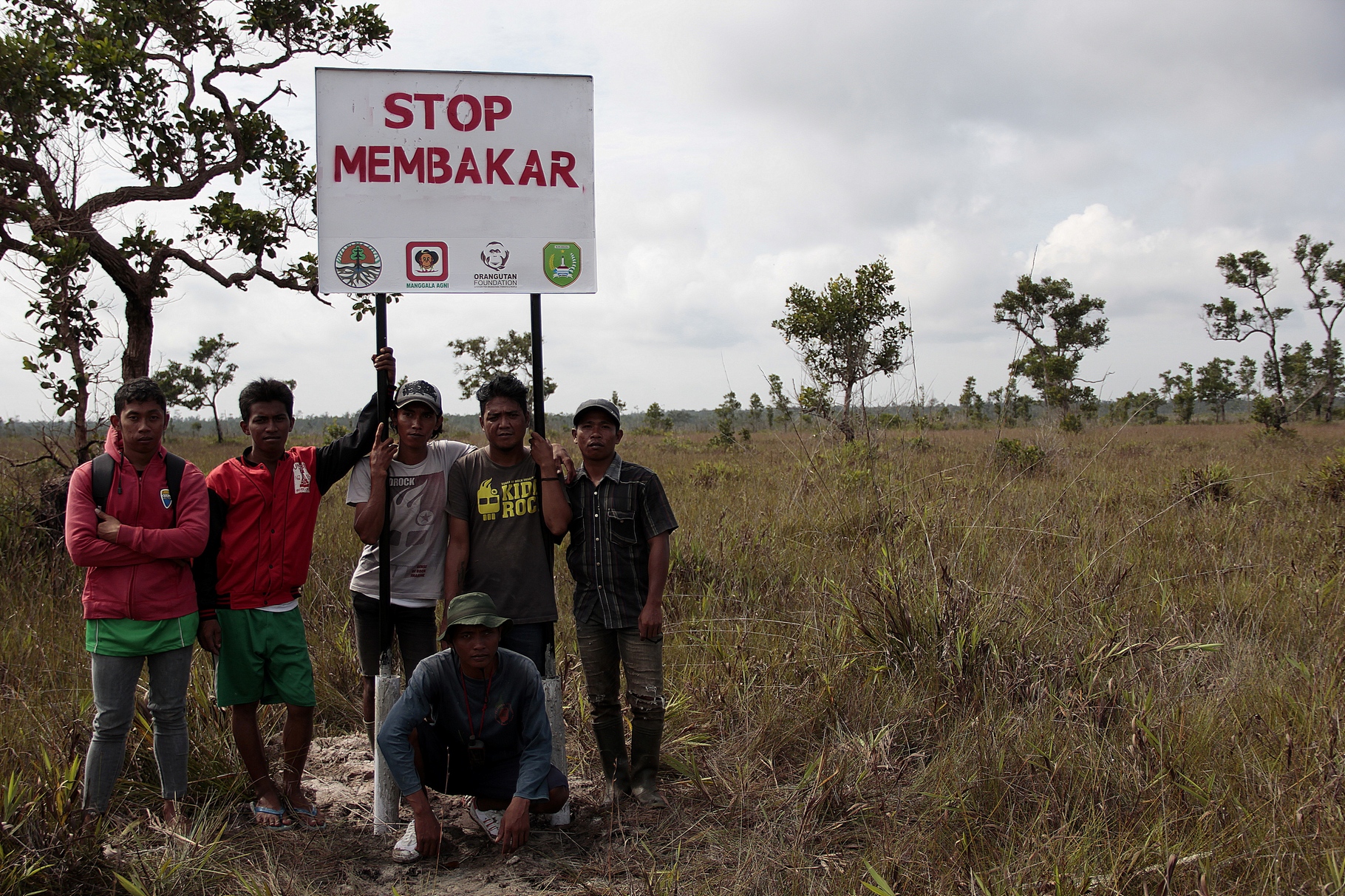 Our field staff are going the extra mile to raise awareness and stop the breakout of fires in areas surrounding protected forest. Every year fire is a constant worry. Naturally occurring fires are prevalent throughout Indonesia, and the tradition of ‘slash and burn’ farming can also be used as a method to prepare for oil-palm plantations. In open stretches of land where the air doesn't hold as much moisture, these fires are a constant challenge to control. A fire that cannot be easily extinguished can wipe out forests that are home to thousands of species, including the endangered orangutan.
Our field staff are going the extra mile to raise awareness and stop the breakout of fires in areas surrounding protected forest. Every year fire is a constant worry. Naturally occurring fires are prevalent throughout Indonesia, and the tradition of ‘slash and burn’ farming can also be used as a method to prepare for oil-palm plantations. In open stretches of land where the air doesn't hold as much moisture, these fires are a constant challenge to control. A fire that cannot be easily extinguished can wipe out forests that are home to thousands of species, including the endangered orangutan.
That is why the Foundation has always made fire prevention a priority. In addition to fire training for all guard post staff, our employees in the field have called for local people to stop clearing the land with fire through the implementation of signposts. These steps are especially important because dry and barren landscapes, such as those pictured below, surround the areas of forest in which we work. These patches of open land are especially susceptible to catching fire, and their vulnerability to wind only encourages fire to spread.
 In our efforts to raise awareness, we at the Foundation have built warning sign-posts all along the boundaries of particularly high-risk areas (highlighted in yellow). Through these actions, we hope to keep protected areas of forest, and all of their inhabitants, safe from harm.
In our efforts to raise awareness, we at the Foundation have built warning sign-posts all along the boundaries of particularly high-risk areas (highlighted in yellow). Through these actions, we hope to keep protected areas of forest, and all of their inhabitants, safe from harm.

Please DONATE and quote ‘FIRE’ to help us fund new fire-fighting equipment!

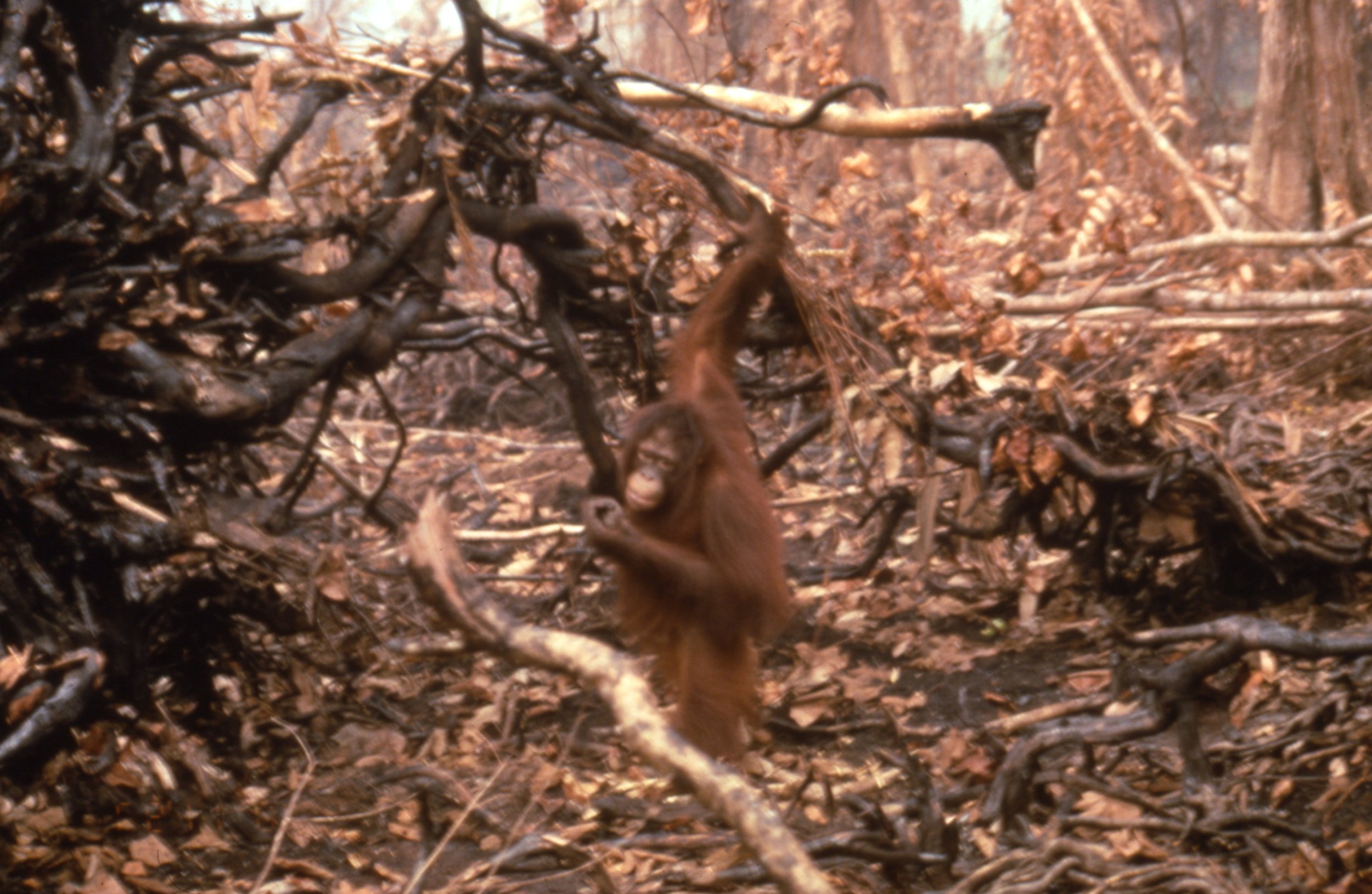









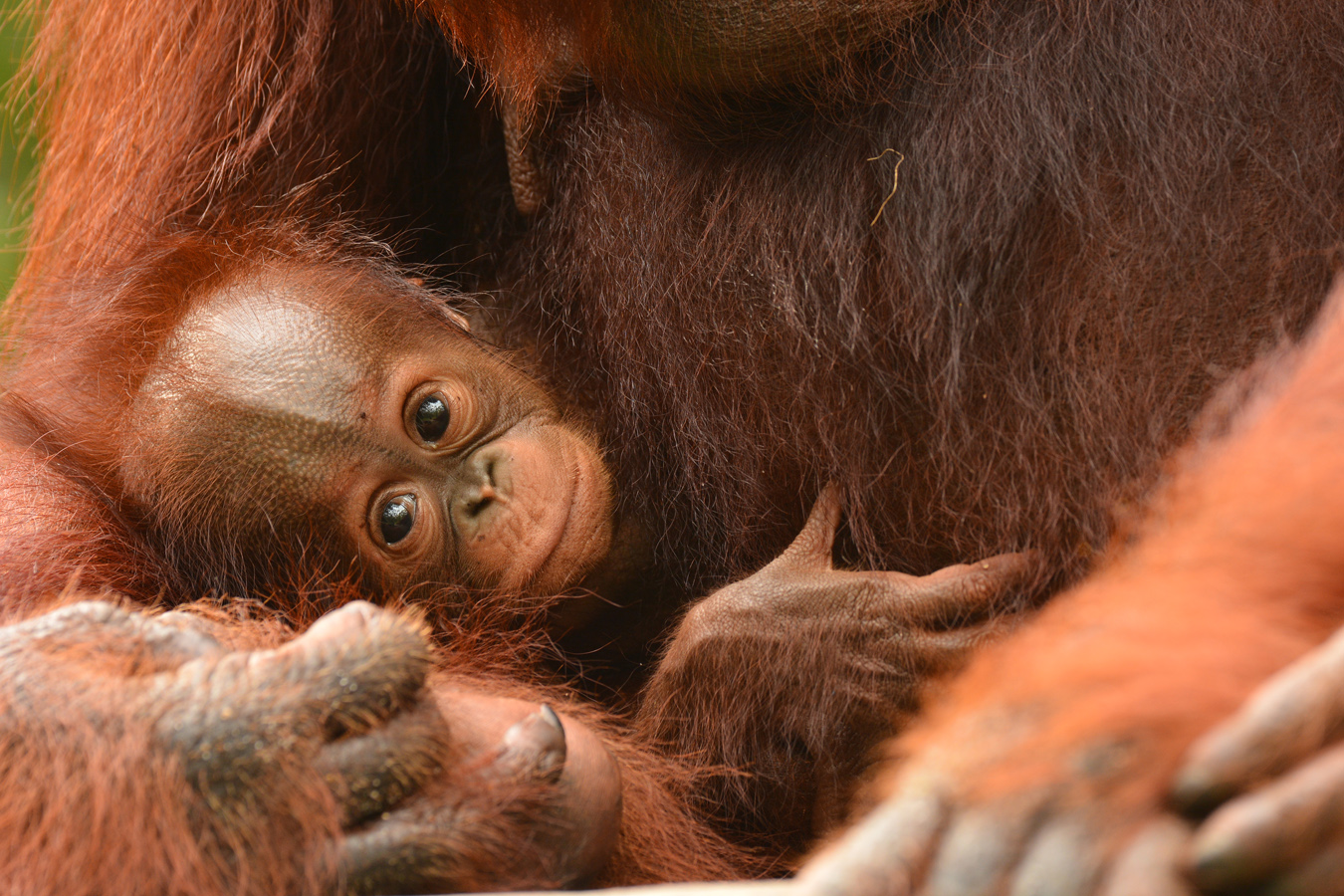



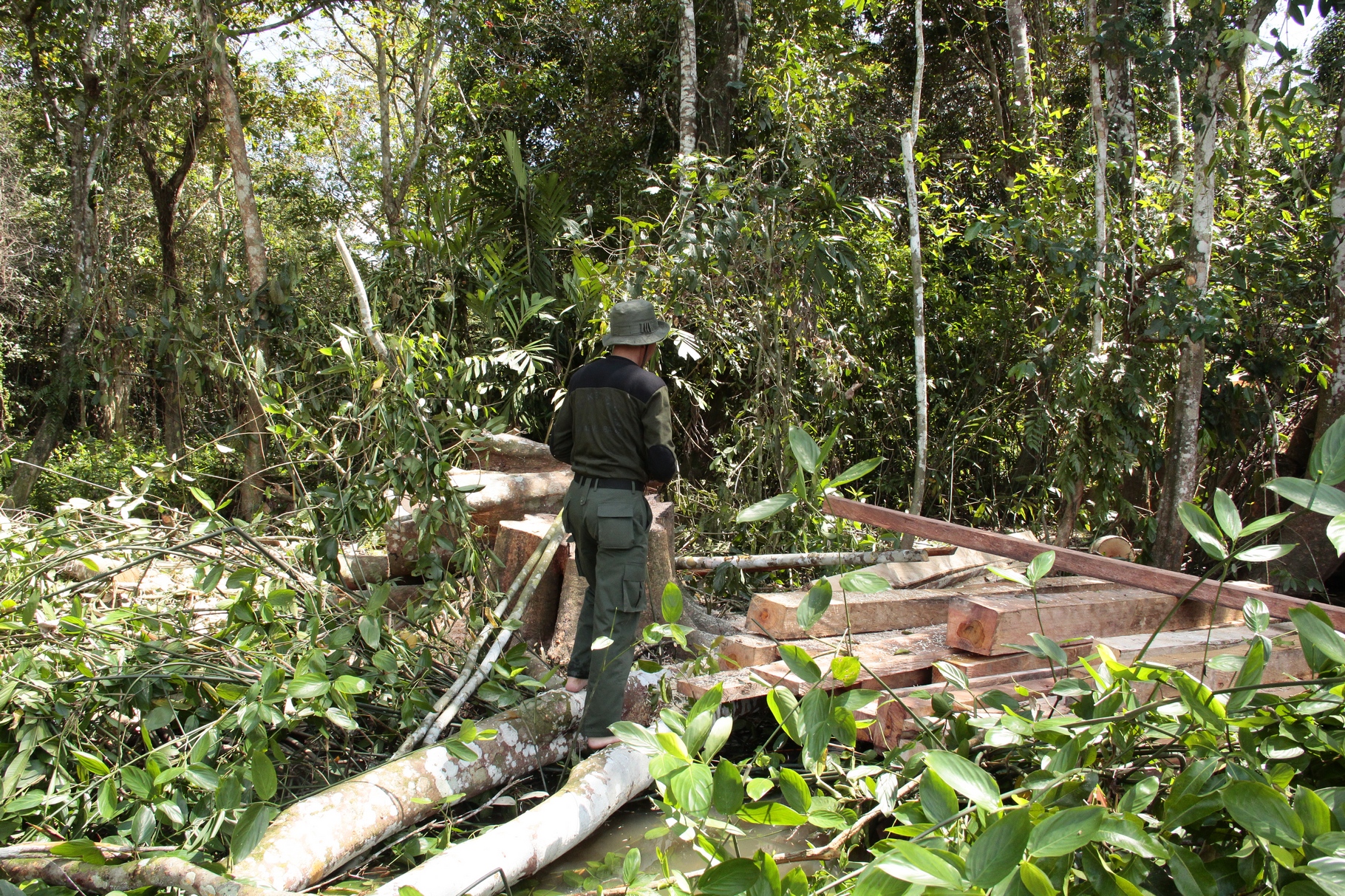

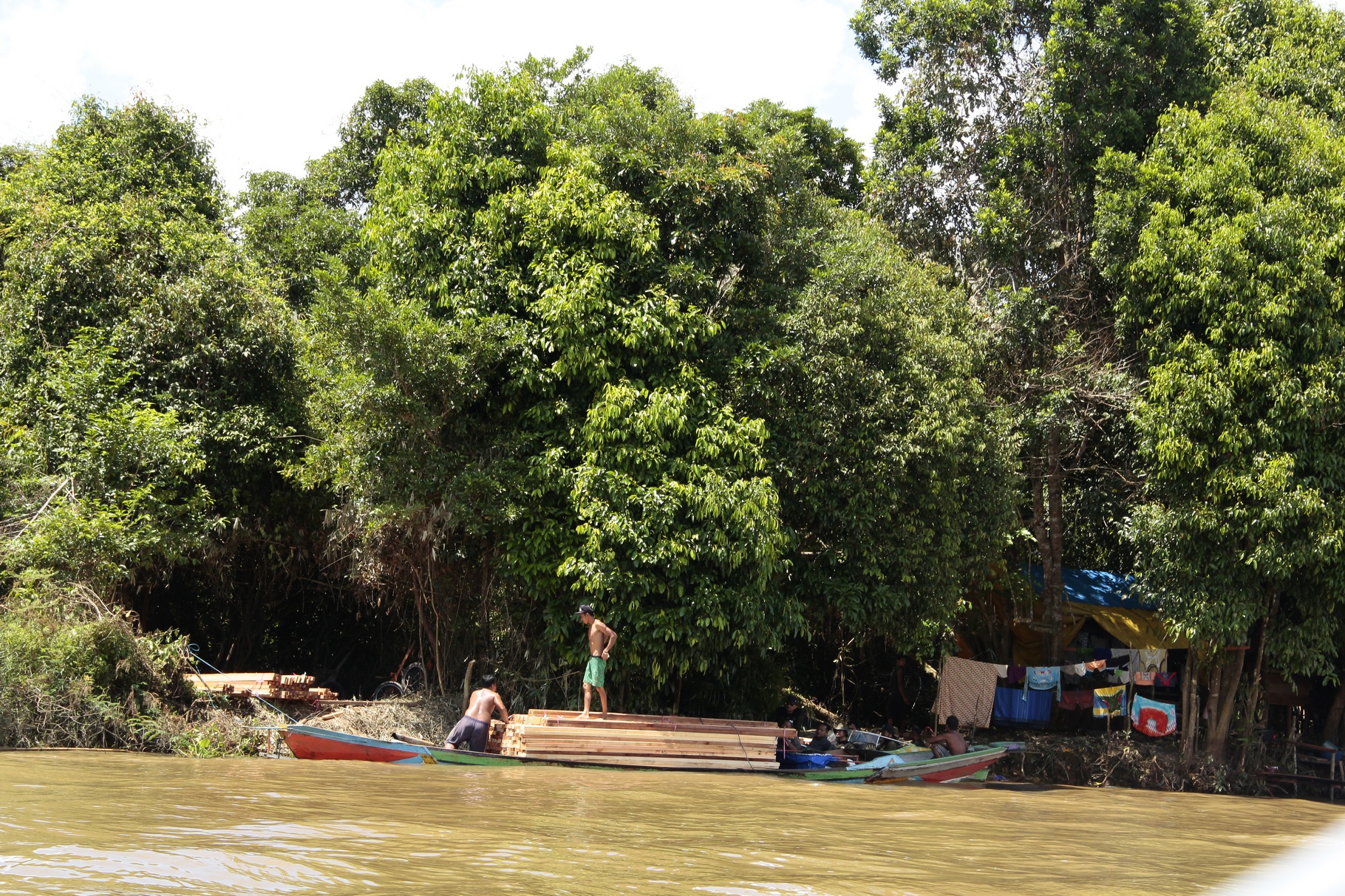

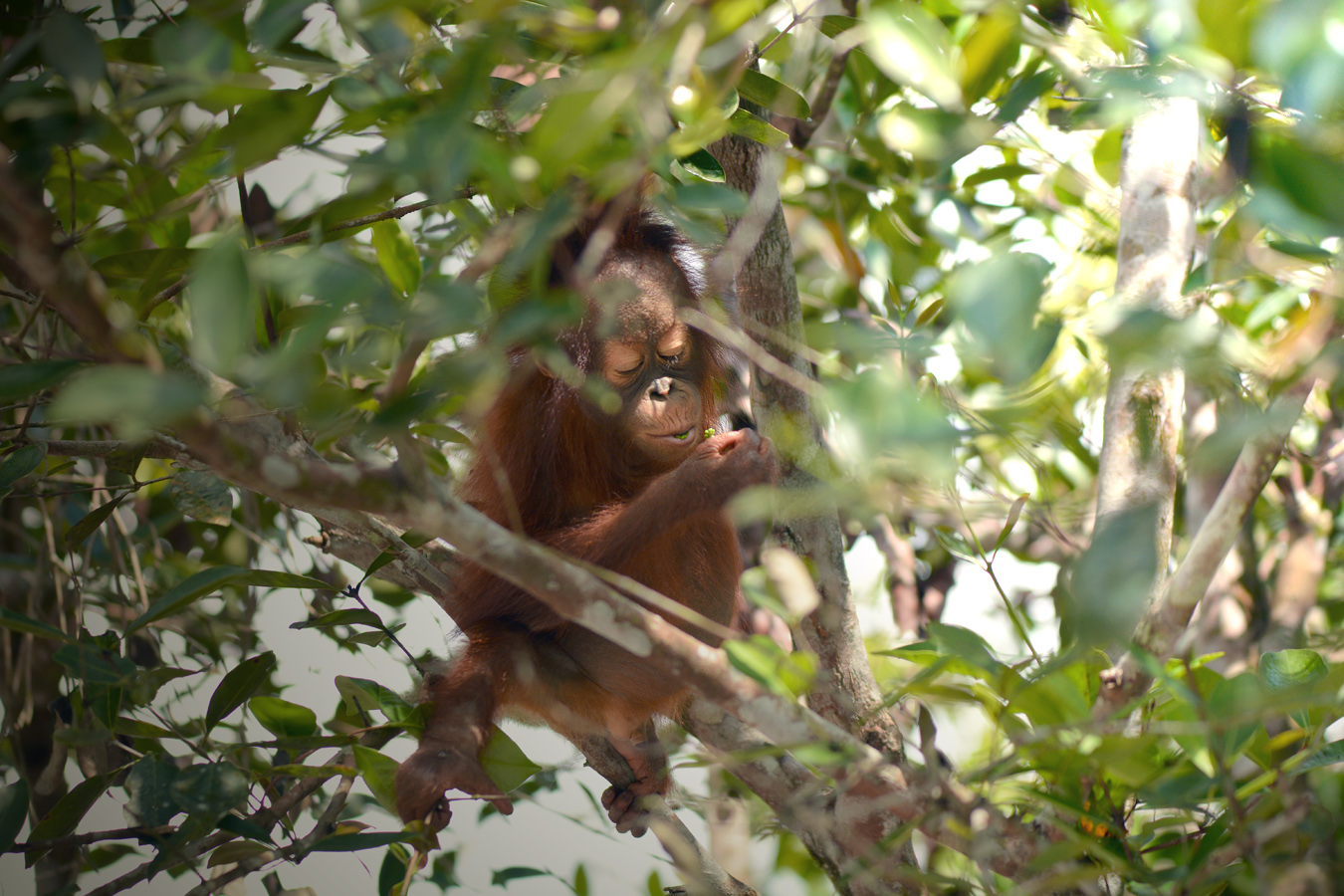

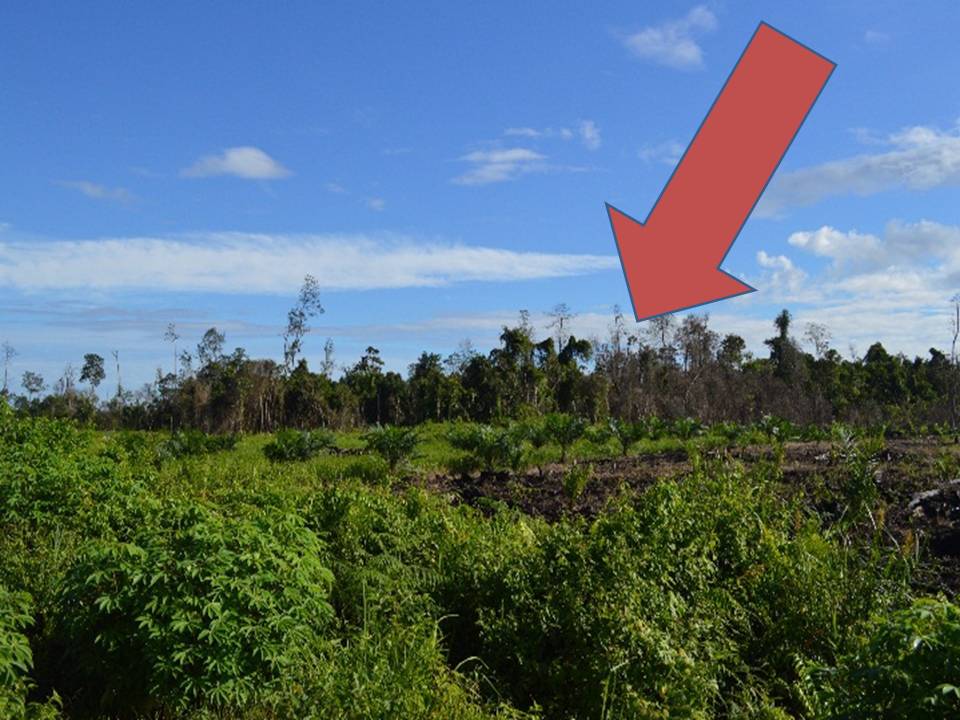
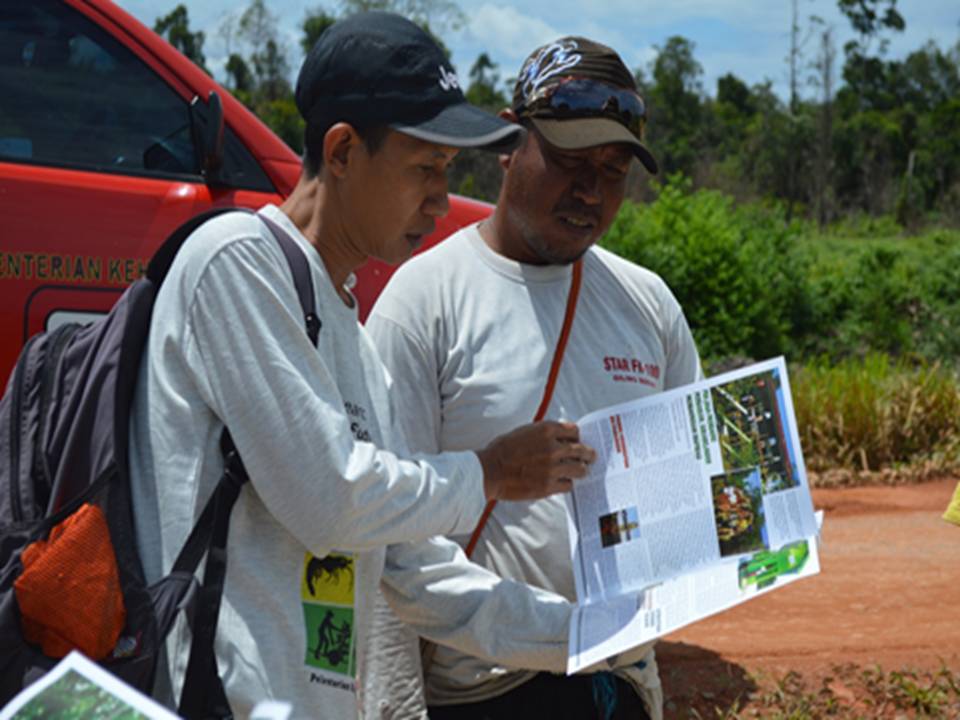

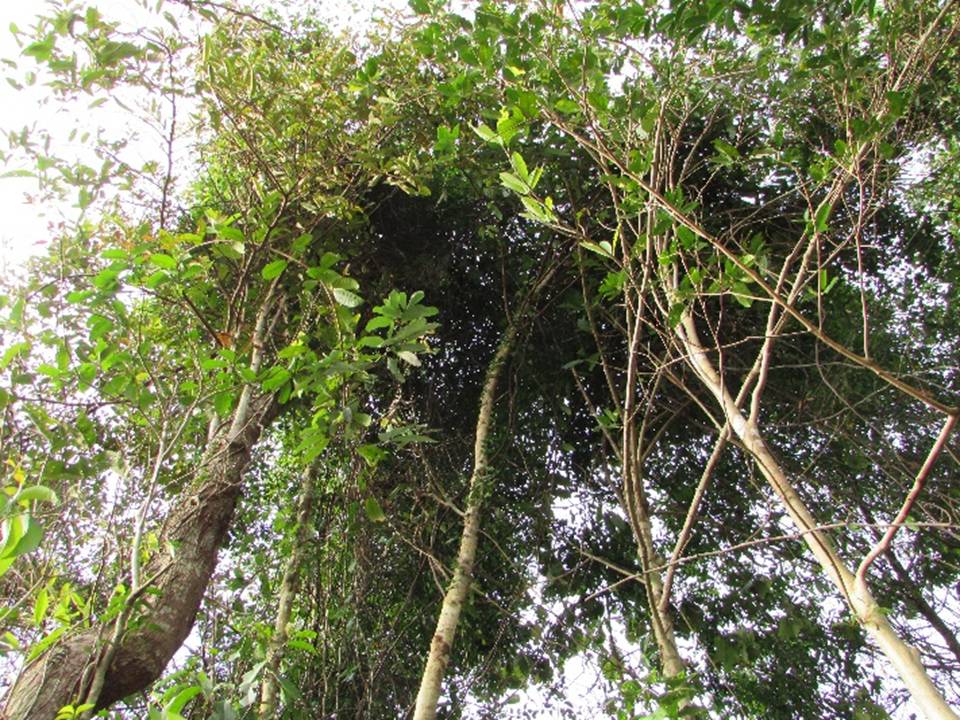
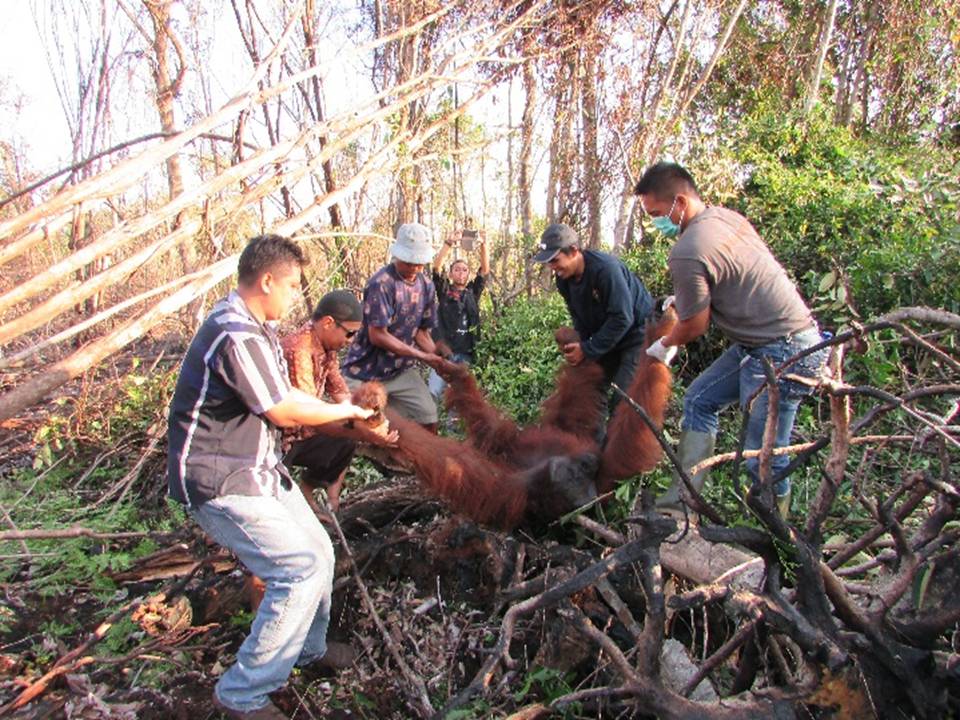


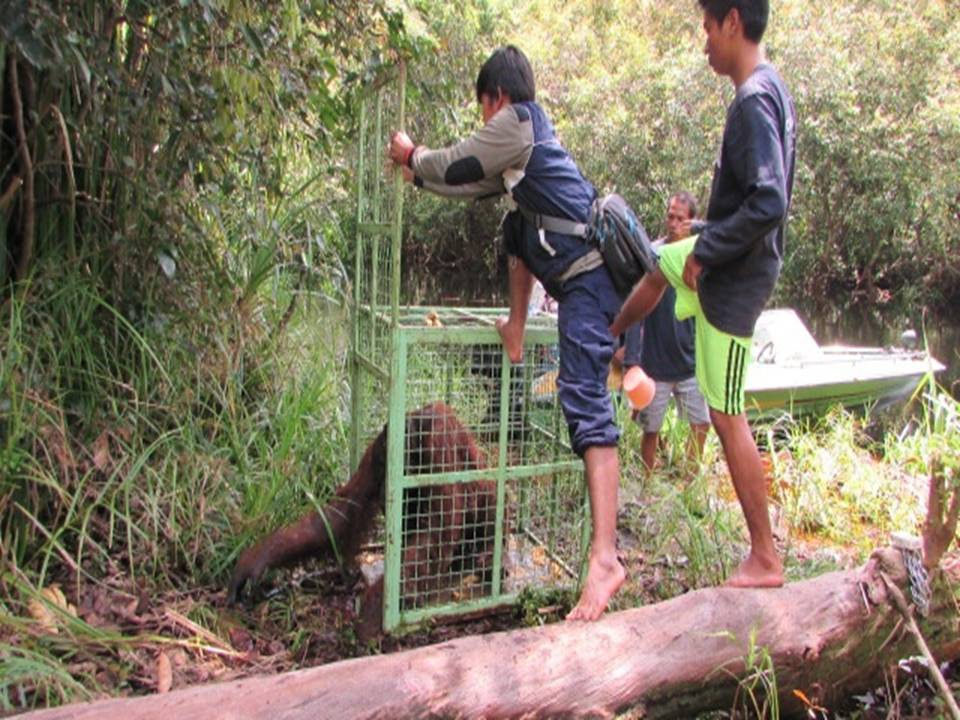



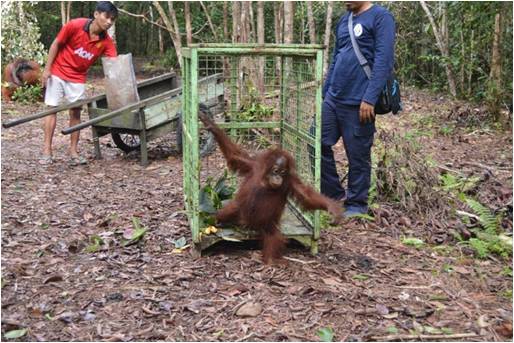
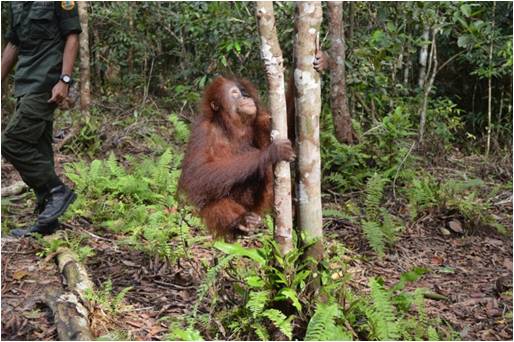
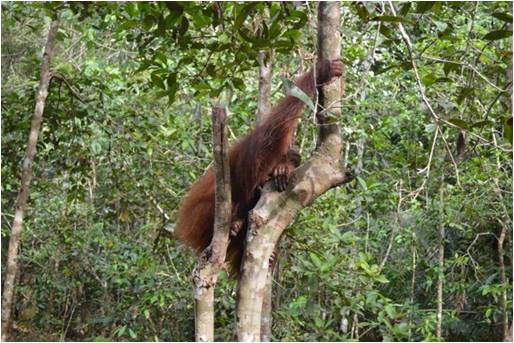









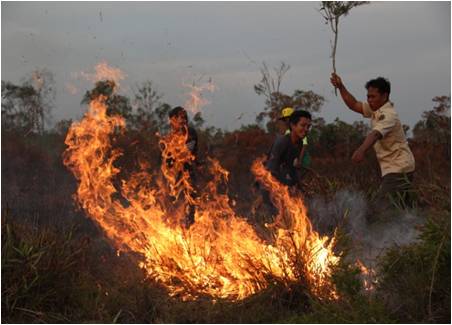


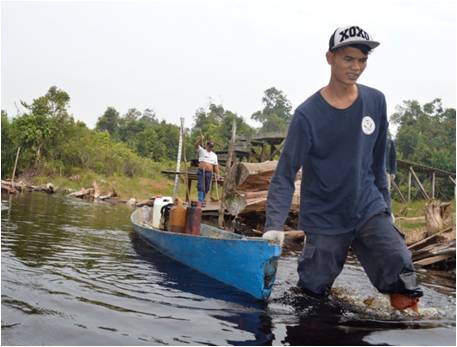
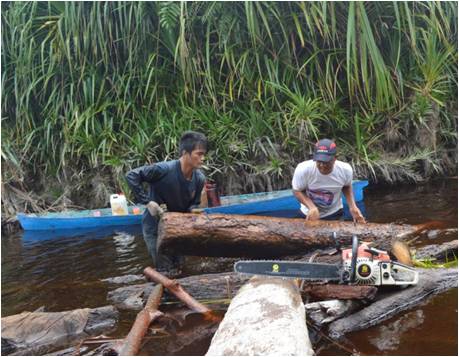
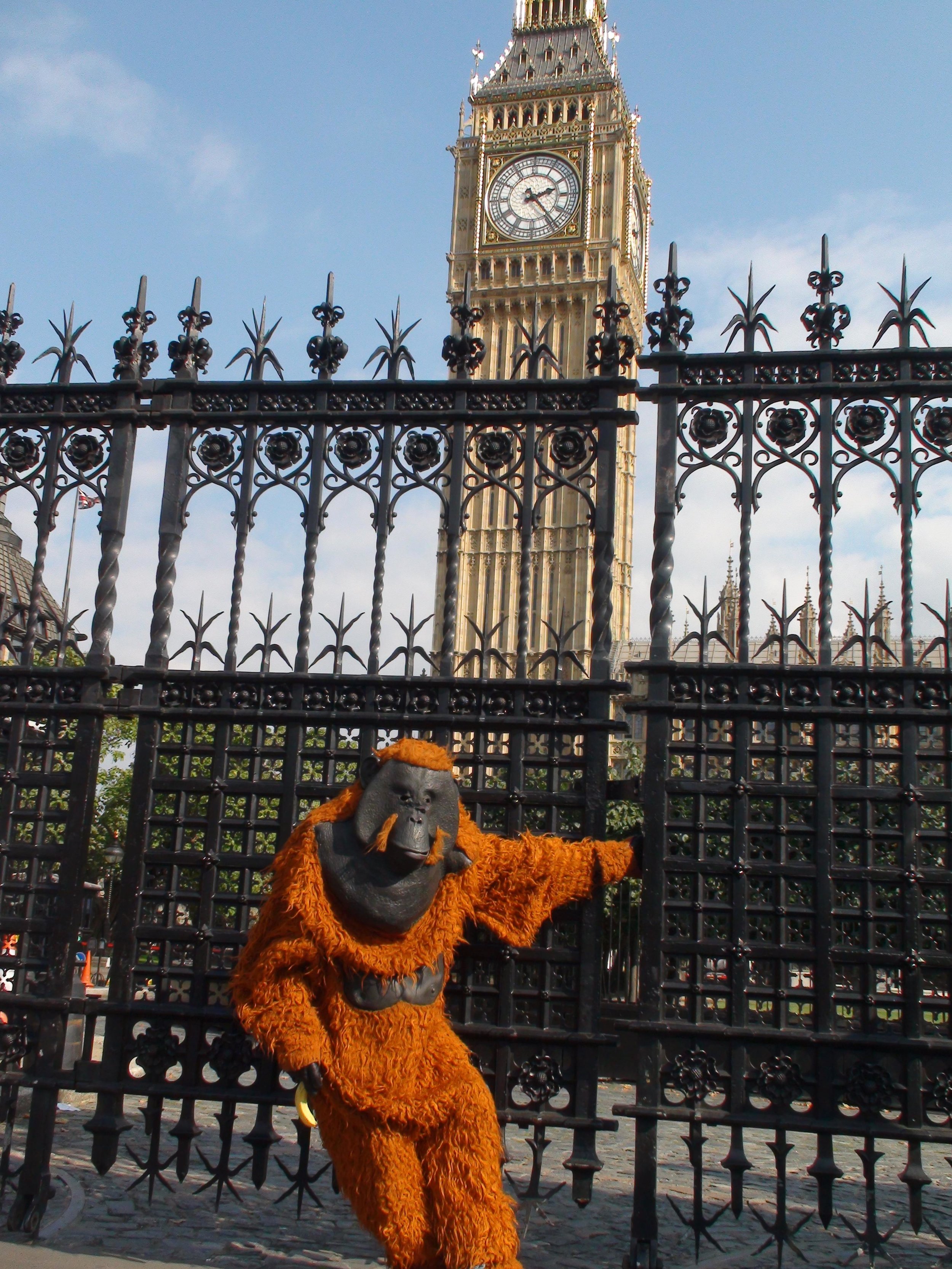
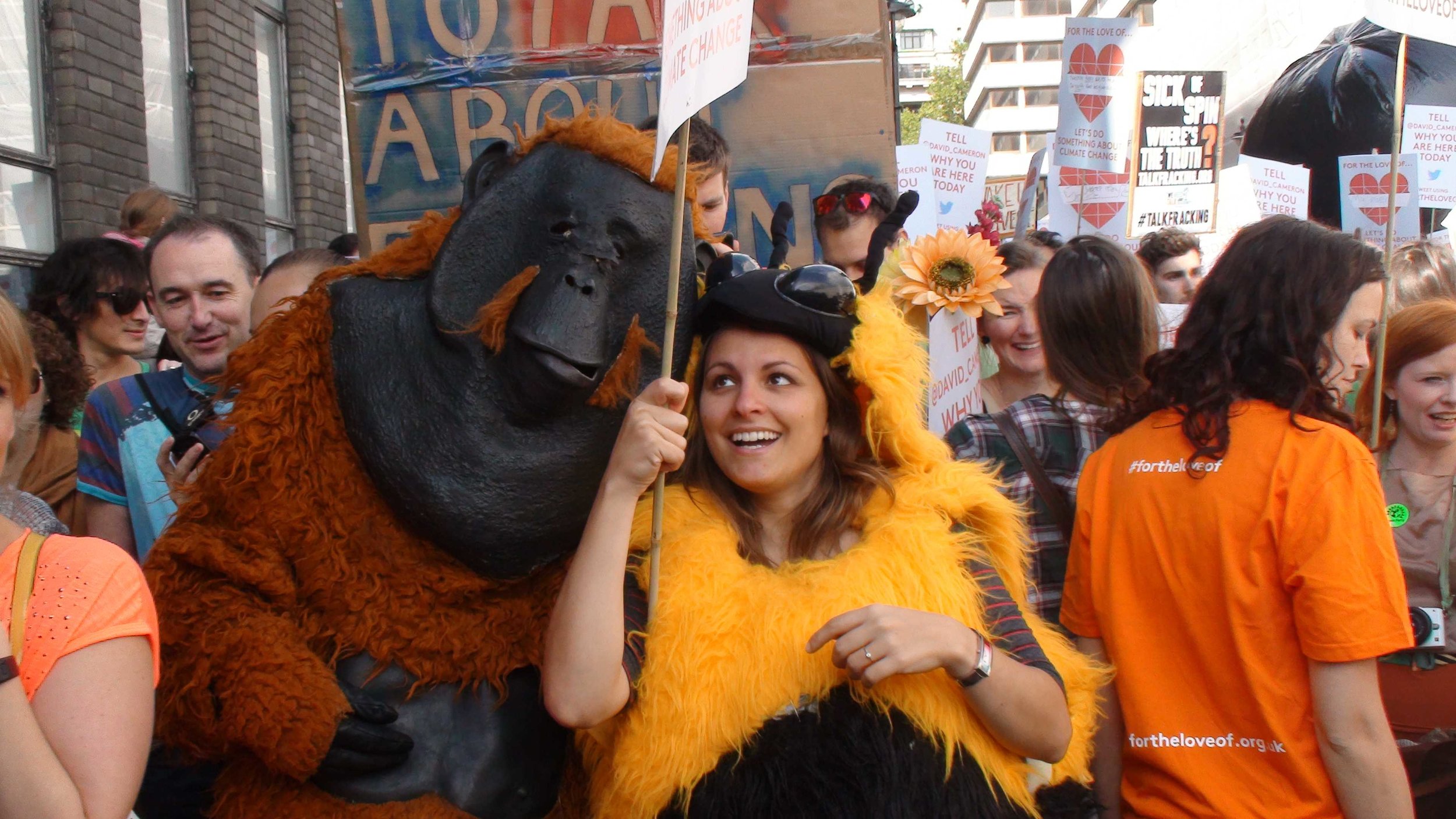
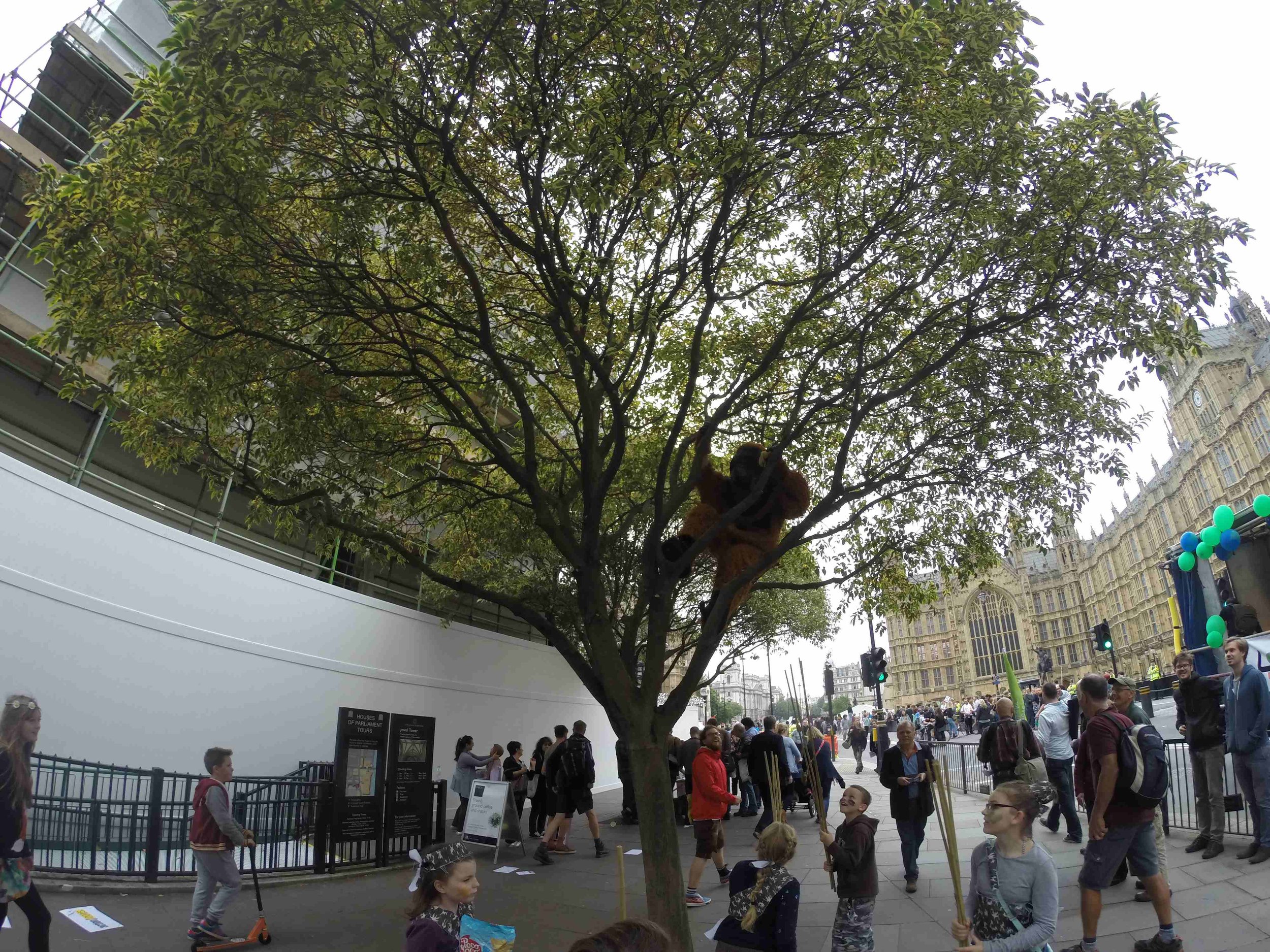


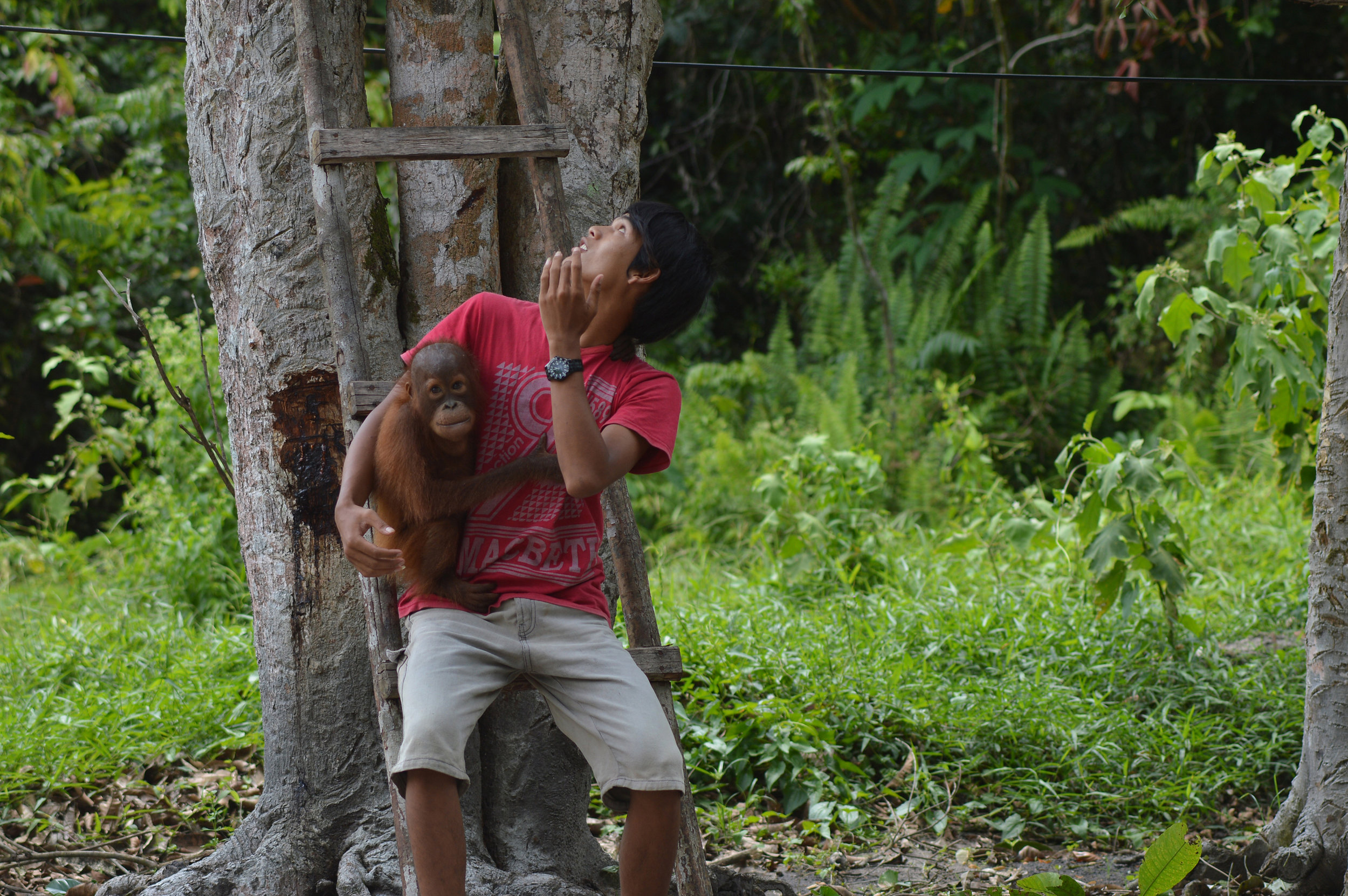


 The Ape Alliance is an international coalition of organisations and individuals working for the conservation and welfare of apes. The Foundation is a founding member of the Alliance.
Here Sir David Attenborough, Dr Jane Goodall and other speak in a panel discussion with Ape Alliance Chair and Foundation Trustee, Ian Redmond OBE at Ape Alliance's 'Hope for Apes' evening in 2010 at the Lyceum Theatre
The Ape Alliance is an international coalition of organisations and individuals working for the conservation and welfare of apes. The Foundation is a founding member of the Alliance.
Here Sir David Attenborough, Dr Jane Goodall and other speak in a panel discussion with Ape Alliance Chair and Foundation Trustee, Ian Redmond OBE at Ape Alliance's 'Hope for Apes' evening in 2010 at the Lyceum Theatre